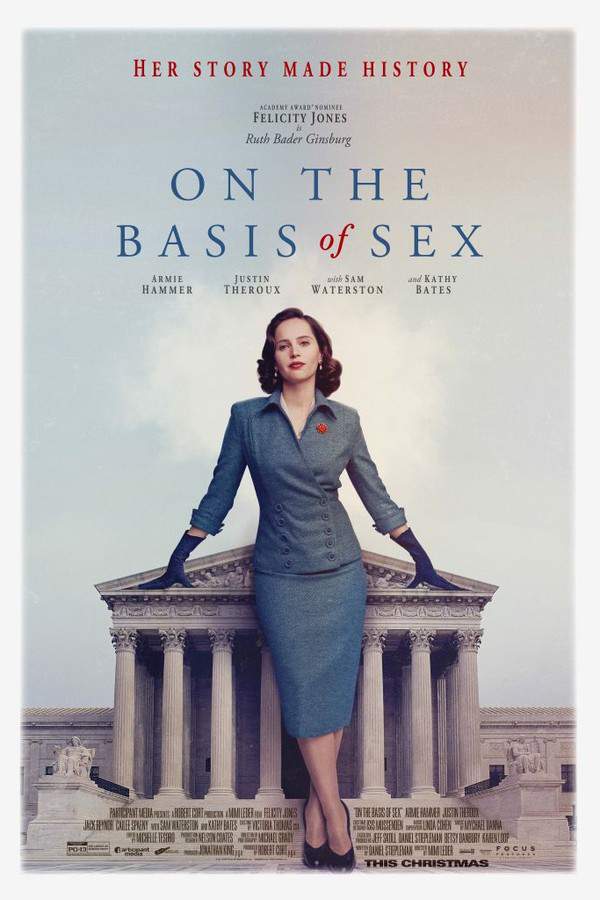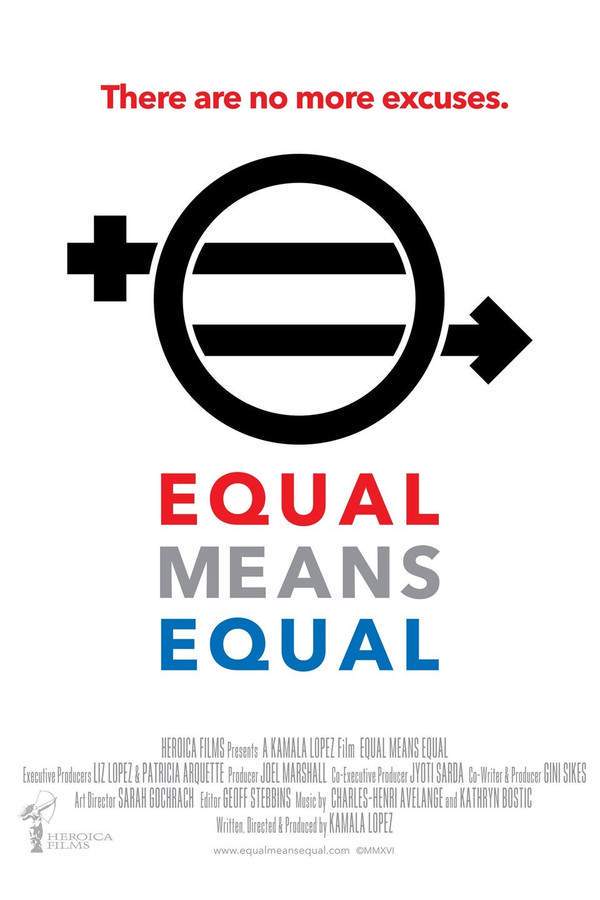
On the Basis of Sex
Ruth Bader Ginsburg, a young lawyer and mother, challenges societal norms and confronts personal and professional obstacles while fighting for gender equality. Alongside her husband, Martin, she takes on a pivotal tax case that has the potential to fundamentally alter the legal system and establish her legacy as a champion for women’s rights. The case becomes a catalyst for a broader legal battle against gender discrimination.
Warning: spoilers below!
Haven’t seen On the Basis of Sex yet? This summary contains major spoilers. Bookmark the page, watch the movie, and come back for the full breakdown. If you're ready, scroll on and relive the story!
Timeline – On the Basis of Sex (2018)
Trace every key event in On the Basis of Sex (2018) with our detailed, chronological timeline. Perfect for unpacking nonlinear stories, spotting hidden connections, and understanding how each scene builds toward the film’s climax. Whether you're revisiting or decoding for the first time, this timeline gives you the full picture.
Last Updated: November 04, 2024 at 01:43
Unlock the Full Story of On the Basis of Sex
Don't stop at just watching — explore On the Basis of Sex in full detail. From the complete plot summary and scene-by-scene timeline to character breakdowns, thematic analysis, and a deep dive into the ending — every page helps you truly understand what On the Basis of Sex is all about. Plus, discover what's next after the movie.
On the Basis of Sex Summary
Read a complete plot summary of On the Basis of Sex, including all key story points, character arcs, and turning points. This in-depth recap is ideal for understanding the narrative structure or reviewing what happened in the movie.

Characters, Settings & Themes in On the Basis of Sex
Discover the characters, locations, and core themes that shape On the Basis of Sex. Get insights into symbolic elements, setting significance, and deeper narrative meaning — ideal for thematic analysis and movie breakdowns.

Similar Movies to On the Basis of Sex
Discover movies like On the Basis of Sex that share similar genres, themes, and storytelling elements. Whether you’re drawn to the atmosphere, character arcs, or plot structure, these curated recommendations will help you explore more films you’ll love.
Explore More About Movie On the Basis of Sex
On the Basis of Sex (2018) Plot Summary & Movie Recap
On the Basis of Sex (2018) Scene-by-Scene Movie Timeline
On the Basis of Sex (2018) Spoiler-Free Summary & Key Flow
Movies Like On the Basis of Sex – Similar Titles You’ll Enjoy
What the Constitution Means to Me (2020) Ending Explained & Film Insights
Marshall (2017) Complete Plot Breakdown
Ruth: Justice Ginsburg in Her Own Words (2021) Plot Summary & Ending Explained
Battle of the Sexes (2017) Full Movie Breakdown
RBG (2018) Movie Recap & Themes
Citizen Ruth (1996) Plot Summary & Ending Explained
Saint Judy (2019) Ending Explained & Film Insights
...and justice for all. (1979) Full Movie Breakdown
Roe v. Wade (2021) Film Overview & Timeline
Equal Means Equal (2016) Detailed Story Recap
RUTH - Justice Ginsburg in her own Words (2019) Complete Plot Breakdown
Roe v. Wade (2019) Full Summary & Key Details
Mrs. America (1000) Full Movie Breakdown
First Monday in October (1981) Full Summary & Key Details
Swing Vote (1999) Movie Recap & Themes

















